Analemmatic dials

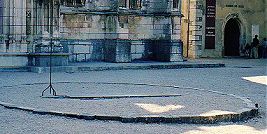 The analemmatic dial consists of a horizontal dial face with an elliptic perimeter, on which the hour points are located. Several examples of this still uncommon type are shown below. The major axis of the ellipse runs east-west. A date line is set along the minor (north-south) axis. A vertical gnomon is placed on the correct date. The time is read from the point where the shadow (or its extension) intersects with the ellipse.
The analemmatic dial consists of a horizontal dial face with an elliptic perimeter, on which the hour points are located. Several examples of this still uncommon type are shown below. The major axis of the ellipse runs east-west. A date line is set along the minor (north-south) axis. A vertical gnomon is placed on the correct date. The time is read from the point where the shadow (or its extension) intersects with the ellipse.
The dial can be of hand-held size and still function perfectly. A table-top version can make an intriguing addition to your lawn or sun deck.
But the most appealing design is laid out for a human gnomon: you yourself. The active participation in time finding makes you feel part of the celestial clockwork. In that case, the size of the dial face should fit a human gnomon. Some dials are much too large; an occasional dial is too small. The matter of the human scale is discussed in some detail on the Selected Topics page.
The French astronomer Joseph de la Lande wrote in 1757 that the theory and construction of the analemmatic dial is "one of the most complicated problems in all of gnomonics". In fact the principle is easily derived from the equatorial dial.
Why this dial type is called 'analemmatic', is unclear. It has nothing to do with the 'analemma', the figure-eight loop that depicts the equation of time versus declination. Other names for this dial type have been proposed, but without much success. So we'll stick to what we have...
The oldest existing specimen is found in front of the church in Brou, near Bourg-en-Bresse (France). It dates from the 16th or 17th century. And it remained a French affair for years on end: Dijon (1827), Besançon (1902), Montpellier (1927), Avignon (1931) and Vienne (1937). The first one abroad was constructed in 1939, in Longwood Gardens (USA).
The first Dutch dial of this type was laid out in 1974 by Marinus Hagen, one of the founders of the Dutch Sundial Society, in his garden. By now, about 15 'stationary' analemmatic dials are found in the Netherlands, and short-lived dials are sometimes made at public events.
The shape of the analemmatic dial depends on the latitude. On the equator, the ellipse is pinched into a straight line, with a long date line at right angles. Moving away from the equator, the date line shrinks and the minor axis of the ellipse grows. At the poles, the ellipse would become a circle, and the equatorial dial is back again.
Mayall & Mayall as well as Zenkert hold the view that the analemmatic dial is more difficult to construct than a pole-style dial. Plain nonsense! In fact it is quite easily designed and laid out, using for instance stones in the lawn, or concrete paint in a schoolyard or square. Compare that to the craftsmanship required for the construction of an armillary sphere, or the painting of a durable vertical dial face!
In putting this section together, I was struck by the variation among analemmatic dials. The piece on variations lists some of those.
In several of the dials depicted below the date line has been adorned by an analemma. The idea seems to be that this enables civil time to be read. This is INCORRECT! See the piece No analemma around the date line!, which also mentions the two exceptions.
Of course I am extra keen on analemmatic dials. Therefore I also collect the specimens which I find on the Internet. In addition, several sites giving information about analemmatic dials have been published; see the special listing of links.
The few small dials are listed first, the human-sized ones follow.
The page on Selected Topics discusses the following subjects:
The few small dials in my collection are listed first, the human-sized ones follow.
|
Palm-top and table-top dials |
 |
 |
|
|
Miniature dials
by Shimitsu Kosho
Japan
|
Table-top dial
by John Carmichael
Tucson (Arizona, USA)
|
|
|
|
Full-size dials - Netherlands |
 |
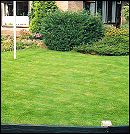 |
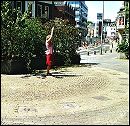 |
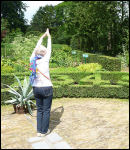 |
Our former garden
Peize
|
M. Hagen
Oosterhuizen
|
St. Janskerkhof
Utrecht
|
National Heritage Museum, Arnhem
|
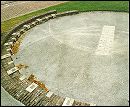 |
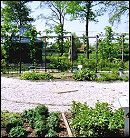 |
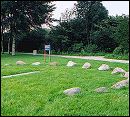 |
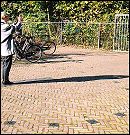 |
Oostwal
Ootmarsum
|
Cosmos Observatory
Lattrop
|
Lido
Slijk-Ewijk
|
Merlet College
Cuijk
|
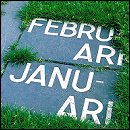 |
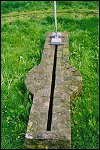 |
 |
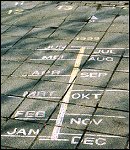 |
Leidsche Hout Park
Leyden
|
Private garden, Makkum
|
Planet trail
Rijswijk
|
Elementary school
Grijpskerk
|
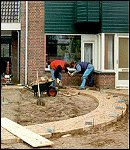 |
|
|
|
Hooijenga garden
Heemskerk
(direct link)
|
|
|
|
|
Belgium |
 |
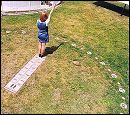 |
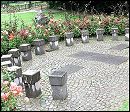 |
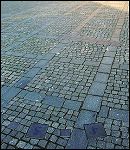 |
Sundial Park
Genk (Belgium)
|
Municipal Museum
Hasselt (Belgium)
|
Provincial Domain
Hélécine (Belgium)
|
Church Square
Peer (Belgium)
|
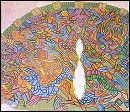 |
|
|
|
Municipal Library
Ronse (Belgium)
|
|
|
|
|
France |
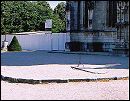 |
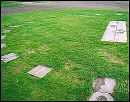 |
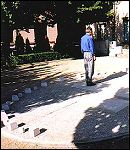 |
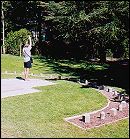 |
Brou
Bourg-en-Bresse
(France)
|
Dijon
(France)
|
Vienne
(France)
|
Avignon
(France)
|
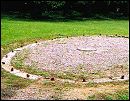 |
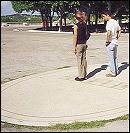 |
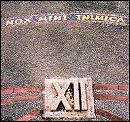 |
 |
Observatory
Besançon
(France)
|
Montpellier
(France)
|
Gray
(France)
|
Meylan
(France)
|
|
Rest of Europe |
 |
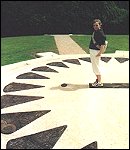 |
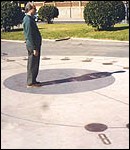 |
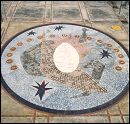 |
Leoben
(Austria)
|
Williamson Park
Lancaster
(England)
|
Barcelona
(Spain)
|
Sabadell
(Spain)
|
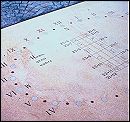 |
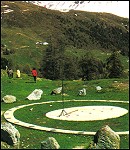 |
|
|
Murcia
(Spain)
|
St.-Luc
(Switzerland)
|
|
|
|
North America |
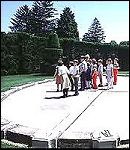 |
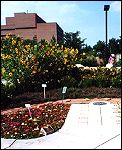 |
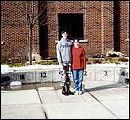 |
 |
Longwood Gardens
Kennett Square
(Pennsylv., USA)
|
4-H Children's Garden
East Lansing
(Michigan, USA)
|
Science Museum
Kalamazoo
(Michigan, USA)
|
Highland Park
(Illinois, USA)
|
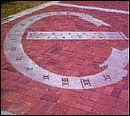 |
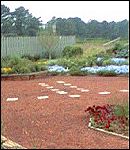 |
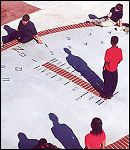 |
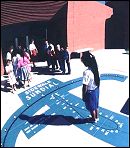 |
Riverwalk
Augusta
(Georgia, USA)
|
Callaway Gardens
Pine Mountain
(Georgia, USA)
|
Schoolyard
Lafayette
(Louisiana, USA)
|
Flandrau Science Center, Tucson
(Arizona, USA)
|
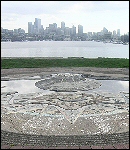 |
 |
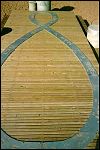 |
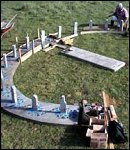 |
Gasworks Park
Seattle
(Washington, USA)
|
Millennium Garden
Thunder Bay
(Ont., Canada) |
Skaha Beach
Penticton
(B.C., Canada)
|
Steve Irvine
Wiarton (Canada)
(direct link)
|
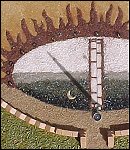 |
|
|
|
Torréon (Mexico)
(direct link)
|
|
|
|
|
Australia & New Zealand |
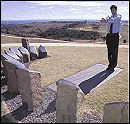 |
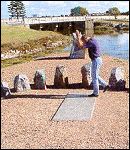 |
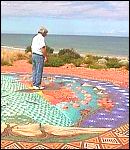 |
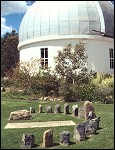 |
Botanical Garden
Mount Annan
(NSW, Australia)
|
Maria Creek
Kingston
(Vict., Australia) |
Esplanade
Torquay
(S.A., Australia)
|
Mount Stromlo
Observatory
Canberra
(Australia)
|
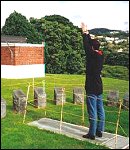 |
|
|
|
Carter Observatory
Wellington
(New Zealand)
|
|
|
|
|
Rest of the World |
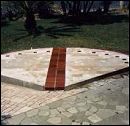 |
 |
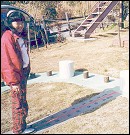 |
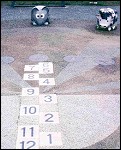 |
Tel Aviv
(Israel)
|
Rasht
(Iran)
|
Aoyama
(Japan)
|
Higashi Harima
Caravan Park
Akashi (Japan)
|

 The analemmatic dial consists of a horizontal dial face with an elliptic perimeter, on which the hour points are located. Several examples of this still uncommon type are shown below. The major axis of the ellipse runs east-west. A date line is set along the minor (north-south) axis. A vertical gnomon is placed on the correct date. The time is read from the point where the shadow (or its extension) intersects with the ellipse.
The analemmatic dial consists of a horizontal dial face with an elliptic perimeter, on which the hour points are located. Several examples of this still uncommon type are shown below. The major axis of the ellipse runs east-west. A date line is set along the minor (north-south) axis. A vertical gnomon is placed on the correct date. The time is read from the point where the shadow (or its extension) intersects with the ellipse.






















































